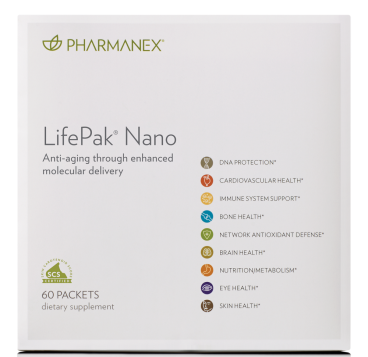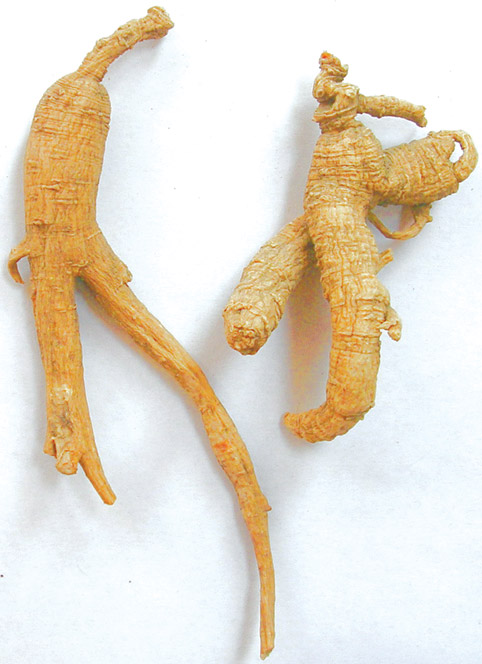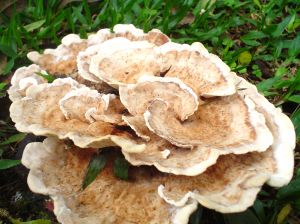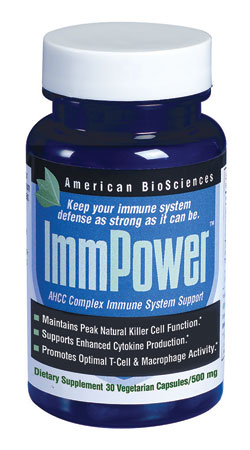Two natural compounds produced by our tissues, L-carnitine and acetyl-L-carnitine (ALC), are similar in that both have identical chemical core structures. However, ALC contains an extra component, an acetic acid bound to the core molecule. It turns out that this extra chemical piece makes a significant difference in how this molecule behaves in our body.
L-carnitine functions as a vehicle to ferry fatty acids across a membrane barrier into the cell’s energy-producing machine, the mitochondria, where the fat is converted to energy. Equally important, it works in the reverse direction, too. It ferries toxic products produced during fat metabolism out of the mitochondria.
We are all aware of the fact that as we age, our energy level diminishes.
Acetyl-L-carnitine is just as active as L-carnitine in transporting fatty acids into the mitochondria. However, as described below, that extra acetyl group confers additional properties which make it superior to its non-acetylated cousin. ALC stands out with respect to its effects on the brain and nervous system and it more readily traverses the blood-brain barrier.
Breakthrough research
Dr. Bruce Ames, professor of molecular and cellular biology at UC Berkeley, put this idea to the test by giving rats a supplement designed to stimulate and protect mitochondria.
Older rats were fed Acetyl-L-Carnitine and Lipoic Acid. Not only did the older rats do better on memory tests, they had more pep, and the energy-producing organelles in their cells worked better.
"With the two supplements together, these rats got up and did the Macarena," said Ames. "The brain looks better, they are full of energy—everything we looked at looks more like a young animal."
Based on Ames' research, we now know that the combination of these two antioxidant dietary supplements supercharges the cells' energy production in order to maximize memory, health and longevity.
The benefits of Acetyl-L-Carnitine supplementation
Protect the brain from the effects of aging
Improve performance in normal healthy humans (Lino, et al., 1992)
Improve cognition by enhancing the production of acetylcholine
Delay the progression of Alzheimer's disease and enhance overall performance in some individuals with Alzheimer's disease (Sano, et al., 1992; Bowman, 1992)
Improve memory, attention span and alertness in people with Alzheimer's disease (Cabrero, et al., 1992; Cassat, et al., 1990)
Improve cerebral blood flow to the brain (Postiglione, et al., 1990; Rosadini, et al., 1988)
Counteract depression in the elderly (Bella, et al., 1990)
What is Lipoic Acid?
Lipoic Acid is produced by the body in trace amounts. It's a vitamin-like compound, which is often called the "universal antioxidant". This is because Lipoic Acid offers protection in both water or fat soluble cellular environments, providing antioxidant protection in all parts of our cells and body.
What's special about Lipoic Acid?
Lipoic Acid is invaluable in recycling or restoring other oxidized forms of antioxidants—including vitamin C, vitamin E, glutathione and CoQ10— back to their active states. Lipoic Acid also crosses cell membranes.
Lipoic Acid's benefits
Because of Lipoic Acid's unique abilities as a natural, broad-spectrum antioxidant, research into its effects quickly branched out. Since its development in Germany in the 1970s as a treatment for diabetic complications, it is routinely given to diabetics in Europe.
Some of the findings from this extensive research concluded that Lipoic Acid has the potential to:
Lower body levels of toxic metals, especially mercury.
Help prevent heart disease by protecting LDL cholesterol (bad cholesterol) from oxidation.
Promote brain and nerve cell health by stimulating Nerve Growth Factor (NGF).
the most intriguing discovery was Lipoic Acid's anti-aging effects on old animals.
Lipoic Acid was also found to:
Improve memory in aged animals by restoring age-related brain cell receptor defects.
Protect brain cells from damage caused by toxins and chemicals.
Recycle CoQ10 back to its antioxidant form in the body, enhancing the antioxidant protection of this important antioxidant.
Normalize elevated lipid peroxide levels in aged animals, reducing the risk of oxidation damage, cardiovascular disease, and cancer.
Restore antioxidant protection in old animals to normal, young animal levels.
Supporting Study from the National Institutes of Health (NIH)
(R)-alpha-lipoic acid-supplemented old rats have improved mitochondrial function, decreased oxidative damage, and increased metabolic rate. Hagen TM, Ingersoll RT, Lykkesfeldt J, Liu J, Wehr CM, Vinarsky V, Bartholomew JC, Ames AB. Department of Molecular and Cell Biology, University of California at Berkeley, Berkeley, California 94720, USA.
NOTE: Consult with your Doctor or Nutritionist before starting any new supplement regimen.
Be Well! ♥







 not only for its value in enhancing normal inflammation function. It has also been used traditionally to support normal liver detoxification function, lowering our body burden of toxic chemicals which is also linked to tiredness, fatigue and a loss of well-being.
not only for its value in enhancing normal inflammation function. It has also been used traditionally to support normal liver detoxification function, lowering our body burden of toxic chemicals which is also linked to tiredness, fatigue and a loss of well-being.






